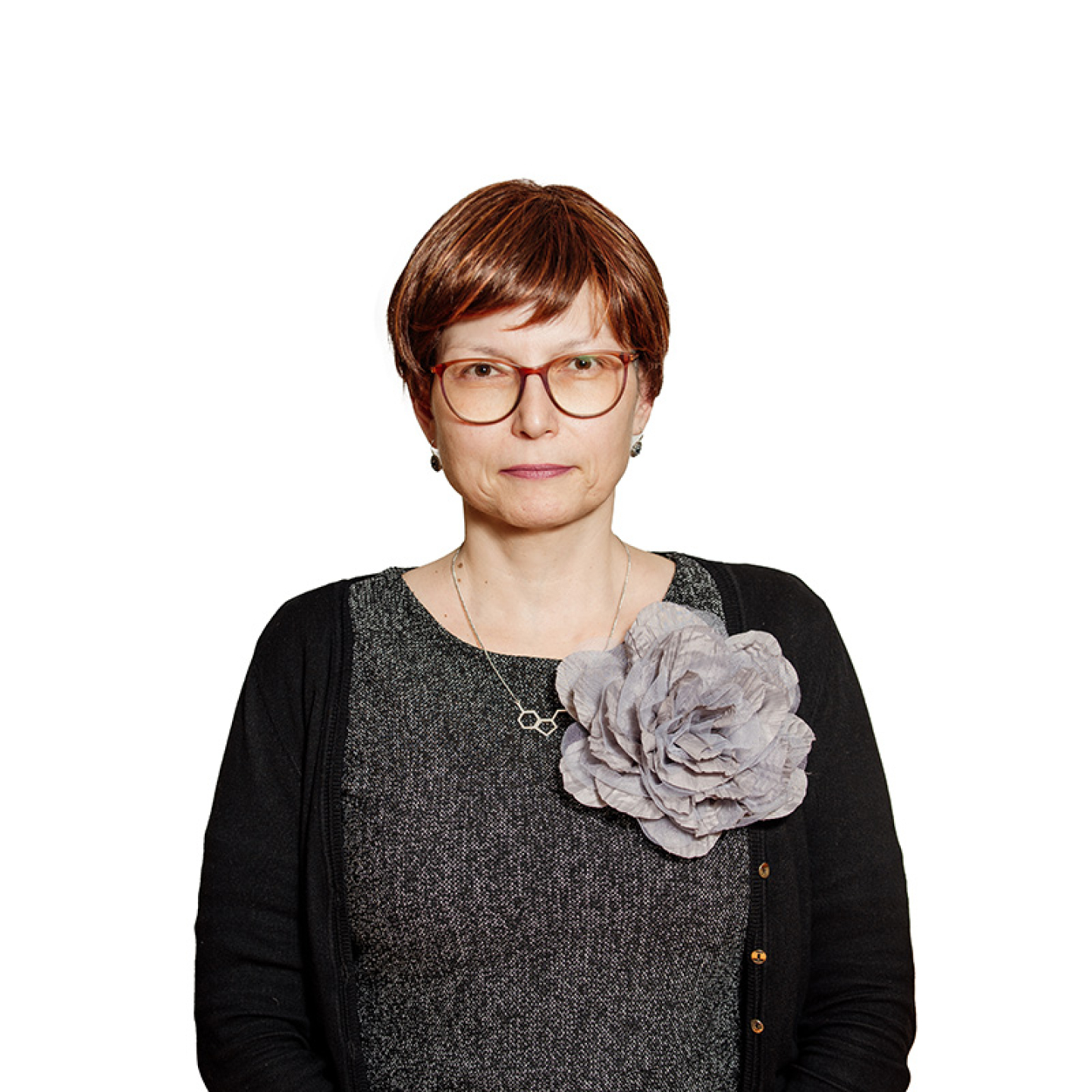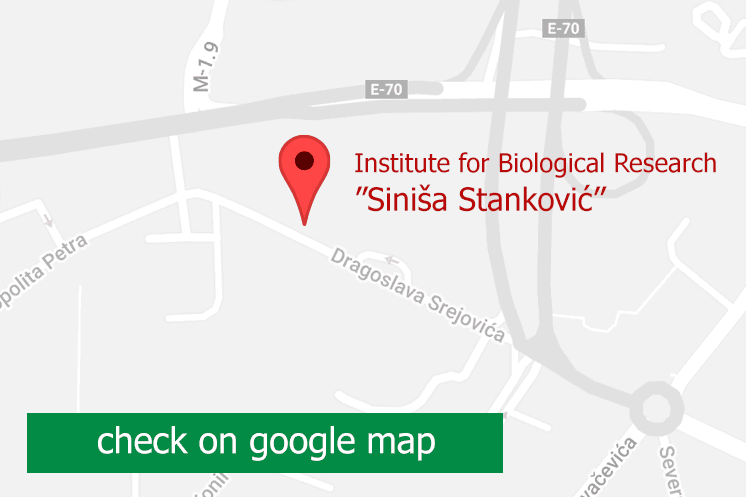
Dr. Ivana Stojanović
Principal Research Fellow
Dr. Ivana Stojanović
Ivana Stojanović is a principal research fellow who finished Molecular Biology and Physiology graduate studies at the Faculty of Biology, University of Belgrade in 2001. Dr. Stojanovic obtained her PhD in Immunology at the Faculty of Biology, University of Belgrade in 2004. From 2001. she is employed at Department of Immunology, Institute for Biological Research “Siniša Stanković“ – National Institute of the Republic of Serbia (IBISS), University of Belgrade, Belgrade, Serbia. She participated in three national projects financed by the Ministry of Education, Science and Technological Development, Republic of Serbia, two funded by Science Fund of the Republic of Serbia, one Innovation project and four international projects. Dr. Stojanovic was a principle investigator in the project “The role of macrophage migration inhibitory factor in beta cell apoptosis and pathogenesis of obesity-associated type 2 diabetes” funded by EFSD/AstraZeneca Young Investigator Award (2007-2009), “Generation of insulin-specific T regulatory cells for the treatment of type 1 diabetes” funded by Iacocca Family Foundation (USA) (2016-2017), Serbian Science and Diaspora Collaboration Program funded by Science Fund (2020-2022). Dr. Stojanovic supervised 7 Master and 3 PhD theses. She is a lecturer at the PhD programme at the Faculty of Biology, University of Belgrade. Currently, Dr. Stojanovic is a leader of the Group for Diabetes Study at Department of Immunology, IBISS that focuses on the basics of type 1 diabetes pathogenesis and the possibilities of diabetes modulation by innovative therapeutic approaches. Her work involves ILC3 and regulatory T cell modulation through AHR and FFAR2 receptors and the application of mesenchymal stem cells and plant-derived compounds for the treatment of type 1 diabetes using a mouse model. Dr. Stojanovic has published 76 full-length peer-reviewed papers in international journals and 2 chapters in international books with h-index 24 and total number of citations (excluding auto citations) over 1900.











